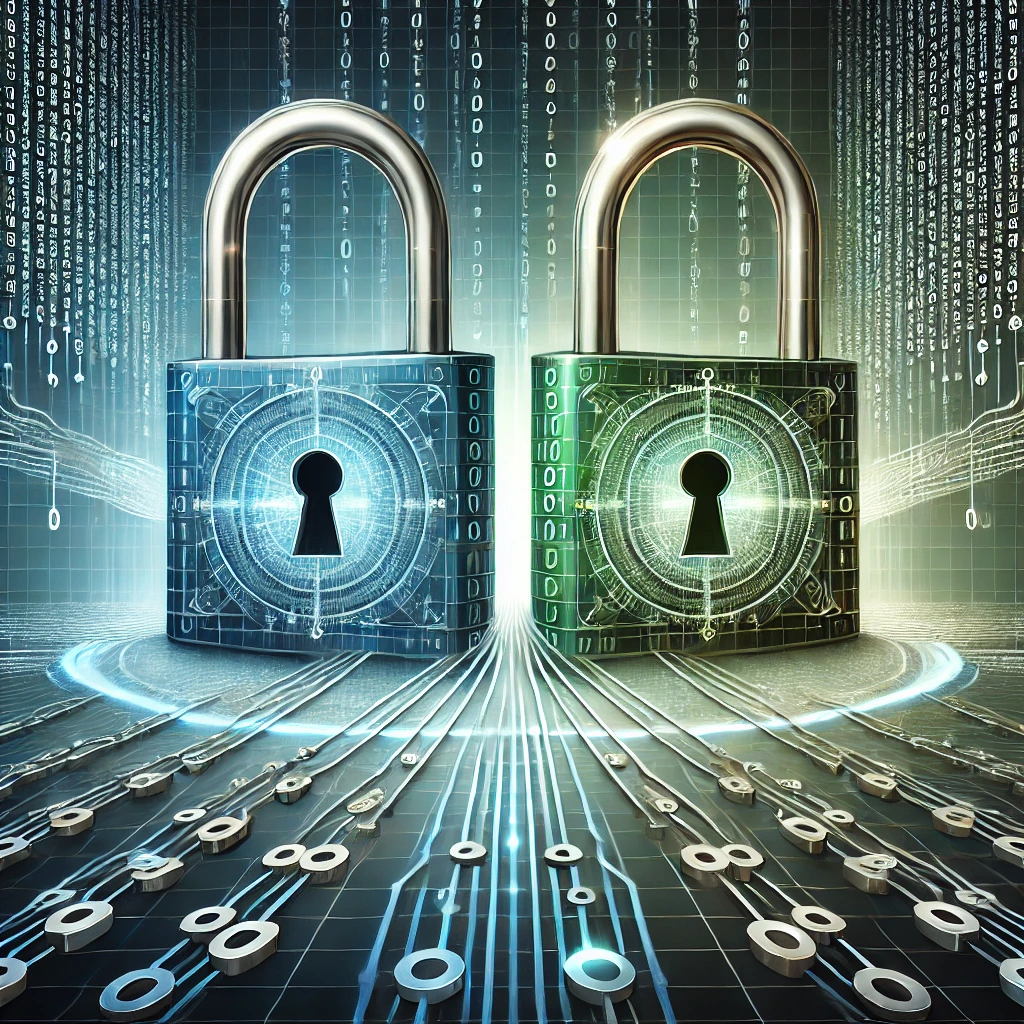Securing Digital Twins: Cybersecurity in Virtual Replicas

Categories:
5 minute read
As industries increasingly adopt digital twin technology, the intersection of this innovation with the Internet of Things (IoT) raises significant cybersecurity concerns. Digital twins are virtual representations of physical assets or systems, enabling real-time monitoring and analysis. However, their reliance on IoT devices introduces vulnerabilities that must be addressed to ensure data integrity and system security. This blog post explores the cybersecurity challenges associated with digital twins, the role of IoT in these systems, and best practices for securing them.
Understanding Digital Twins and IoT
Digital twins serve as dynamic digital counterparts of physical entities, capturing their behavior and performance in real-time. This technology has applications across various sectors, including manufacturing, healthcare, and smart cities. By integrating IoT sensors with digital twins, organizations can collect vast amounts of data to optimize operations, predict maintenance needs, and enhance decision-making processes[1][2].
Key Characteristics of Digital Twins:
Real-Time Data Integration: Digital twins continuously receive data from IoT devices, allowing for immediate insights into asset performance.
Predictive Analytics: By analyzing historical and real-time data, digital twins can forecast potential failures and recommend preventive measures.
Simulation Capabilities: Organizations can simulate different scenarios within a digital twin environment to assess the impact of changes without risking physical assets[4][5]. Cybersecurity Challenges in Digital Twin Technology
While digital twins offer numerous benefits, they also introduce several cybersecurity challenges:
Increased Attack Surface: The integration of numerous IoT devices increases the potential entry points for cyberattacks. Each connected device represents a vulnerability that attackers can exploit[1][2].
Data Security Risks: The vast amounts of data collected from IoT devices are often sensitive. Ensuring the confidentiality and integrity of this data is crucial, as breaches can lead to significant financial and reputational damage[2][4].
Complexity of IoT Devices: Many IoT devices are complex and may not have robust security features. This complexity makes it challenging to implement consistent security measures across all devices[1][3].
Lack of Expertise: Many organizations lack the necessary cybersecurity expertise to secure their IoT environments effectively. This gap can lead to unaddressed vulnerabilities that attackers can exploit[1]. How Digital Twins Can Enhance Cybersecurity
Despite these challenges, digital twins can play a pivotal role in improving cybersecurity:
Risk Identification: By creating a digital twin, organizations can gain insights into how their assets operate and identify potential security risks before they manifest into actual threats[1][4].
Mitigation Strategies: Once risks are identified, digital twins enable organizations to develop targeted mitigation strategies. This includes implementing security controls, updating firmware, and monitoring for unusual activity[1].
Testing Security Measures: Digital twins provide a safe environment for testing security controls before they are deployed in production. This allows organizations to identify gaps in their security posture without risking actual assets[1][4]. Best Practices for Securing Digital Twins and IoT Devices
To mitigate cybersecurity risks associated with digital twins and IoT devices, organizations should adopt several best practices:
Implement Strong Authentication Mechanisms:
Utilize multi-factor authentication (MFA) for accessing digital twin systems.
Ensure that all IoT devices use strong, unique passwords and disable default credentials[1][2].
Regularly Update Firmware and Software:
Keep all connected devices updated with the latest security patches to protect against known vulnerabilities.
Schedule regular audits to ensure compliance with security standards[1][3].
Monitor Network Activity:
Continuously monitor network traffic for unusual patterns that may indicate a cyberattack.
Implement intrusion detection systems (IDS) to alert administrators about potential threats[1][2].
Data Encryption:
Encrypt data both at rest and in transit to protect sensitive information from unauthorized access.
Use secure communication protocols when transmitting data between IoT devices and digital twins[2][3].
Conduct Regular Security Assessments:
Perform vulnerability assessments and penetration testing on both IoT devices and their corresponding digital twins.
Utilize third-party security audits to gain an unbiased view of your security posture[1][4]. Real-World Applications of Secured Digital Twins
The application of secured digital twins is gaining traction across various industries:
Manufacturing: In smart factories, digital twins help monitor machinery health while ensuring that cybersecurity measures protect sensitive production data.
Healthcare: Patient monitoring systems utilize digital twins to analyze health metrics while safeguarding personal health information through robust encryption methods.
Smart Cities: Urban planners use digital twins to optimize resource allocation while implementing strict security protocols to protect citizen data collected from various sensors throughout the city[2][5]. Conclusion
As organizations increasingly rely on digital twin technology integrated with IoT systems, addressing cybersecurity challenges becomes paramount. By understanding the risks associated with these technologies and implementing best practices for securing them, organizations can leverage the full potential of digital twins while protecting their assets from cyber threats.
The future of digital twin technology holds immense promise; however, it is essential to prioritize cybersecurity as an integral part of its development and deployment strategy. By doing so, businesses can ensure that they not only enhance operational efficiency but also safeguard their critical data against evolving cyber threats.
In summary, securing digital twins is not just about protecting individual devices but ensuring the integrity of entire ecosystems where these virtual replicas operate. As we move forward into an increasingly interconnected world, robust cybersecurity measures will be essential for harnessing the full potential of this transformative technology.
Citations: [1] https://www.linkedin.com/pulse/cybersecurity-iot-security-digital-twin-future-palmchip [2] https://foundtech.me/how-digital-twins-and-iot-work-together-with-examples/?lang=en [3] https://ris.utwente.nl/ws/portalfiles/portal/298832045/117145.pdf [4] https://www.networkworld.com/article/965860/what-is-digital-twin-technology-and-why-it-matters.html [5] https://www.toobler.com/blog/digital-twin-iot [6] https://www.sciencedirect.com/science/article/pii/S2667345221000067 [7] https://www.sciencedirect.com/science/article/pii/S209672092300043X [8] https://www.researchgate.net/publication/372298339_Digital_Twins_for_IoT_Security_Management/download
Feedback
Was this page helpful?
Glad to hear it! Please tell us how we can improve.
Sorry to hear that. Please tell us how we can improve.